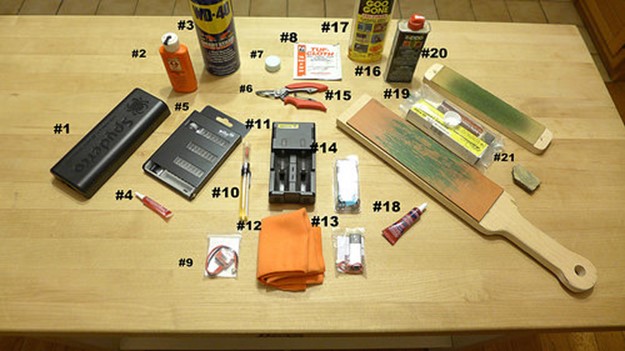Guest post by B.F.
——————-
I pre-ordered JWRs book Tools for Survival last year and have read through it twice now. It is a great guide for anyone preparing for a time when self reliance becomes more of a day to day necessity than it is today.
With that in mind, I wanted to add to the body of work by reviewing and commenting on the contents of two different tool kits that I have had a fair amount of experience with. Either one or both will serve well in an off-the-grid world.
The first one is the US Army Combat Engineer Carpenter’s Squad Tool Kit. The second is the tool kit assembled by my grandfather over his lifetime.
Today is probably one of the best times in recent history to put together similar tool kits at a relatively low cost. With few exceptions, most of these tools can be picked up for as little as a dollar or two at estate sales, farm auctions, and garage sales. They are so affordable that I have recently had to limit the number of tools I buy. High quality hand saws in particular with carved wood handles seem to be everywhere for $1. I tried to control myself by only purchasing those that were still sharp, and even then had to stop buying them after I accumulated somewhere around 20 saws. I am still a sucker for a pristine rip saw, though.
US Army Combat Engineer Carpenter’s Squad Tool Kit
Let’s start with the US Army Combat Engineer kit. These are issued in a box that measures about two feet by three feet and one foot high. A few years ago, the army upgraded the boxes these are stored in from traditional metal bound plywood boxes to newer (larger) Hardigg-style plastic cases. The older boxes hit the surplus market, and I picked one up for around $20. Look around; you can still find some for sale at flea markets, surplus dealers, Craig’s list, or gun shows. The great things about these boxes is that they store each of the tools securely in their own slot, making it easy to see if anything is missing that you need to go back out to pick up before it gets dark. It does this in a box that takes up relatively little space on a storage shelf, considering all that it holds. If my memory serves me correctly, when I was a Combat Engineer officer years ago in the Army I had a dozen or so of these on my property book.
The Engineer kit is intended to provide sufficient tools for two two-person teams to carry out basic carpentry activities. This does not mean they’re for building high-end furniture; it leans more towards basic carpentry, including construction and repair of sheds and buildings and making crates and storage boxes.
The contents include:
- Two wrecking bars,
- 12 hacksaw blades,
- One box of blue marking chalk,
- One-inch and two-inch framing chisels,
- One box of blue and one box of red marking crayons,
- 12″ double cut bastard file,
- Two smooth cut 8″ files,
- One hacksaw frame,
- Two blacksmith hammers,
- Four carpenter hammers, (though I went with two straight claw and two curved claw hammers),
- A plastic mallet,
- One file handle,
- A spare hammer handle,
- Two half hatchets,
- One line level,
- One plumb bob,
- One smoothing plane,
- Two pairs of lineman’s pliers,
- One pair of slip joint pliers,
- One wood rasp,
- Two folding rules,
- Two crosscut hand saws,
- One rip saw,
- Three flat tip screwdrivers with 1/4, 3/16 and 5/16 blades,
- One carpenters square,
- One try square,
- One tape measure (100 ft.),
- One 12-inch adjustable wrench (though I went with a 12-inch adjustable spud wrench),
- Four rolls of masons twine, and
- Four nailing aprons.
I have to admit that when I bought the tool kit box, I already had almost all of these tools sitting around, so I didn’t have to buy much. I think that with patience and some careful shopping, you could put together a toolkit like this one for $150 or less. All told, this kit weighs around 80 pounds when loaded.
I also added a few additional tools, since there was room in the box. These included:
While there are a lot of tools that could be added, this is a good basic list of what you might want to consider keeping at your retreat location. I would add that the current version of the carpenter’s kit has quite a bit more in the way of tools and also weighs close to two hundred pounds. There is also a platoon level kit that is meant to augment the basic kit for larger jobs. The current version of the platoon kit includes a small generator and a whole raft of 18-volt saws, drills, bits, and blades. It weighs in at over three hundred pounds.
There is an online catalog showing these and a number of other toolkits that the supplier provides to the military. http://www.kippertool.com/media/pdf/military/EngineerSKO_sm.pdf While I like a lot of what is included in the larger tool kits the army has today, I think that the older tool kit listed above will handle most of the needs that a person will run across for quite a few years. Additionally, one person can manhandle it if need be, where the larger kits really need a squad to move them.
My Grandfather’s Tool Box
Now onto my grandfather’s box. Grandpa was born in 1889 in northern Iowa. He served in France during WWI as a locomotive engineer for the 13th Engineer Battalion. He retired after 52 years of service as an engineer on the Chicago Great Western railway, operating between North Central Iowa and Chicago. I also have his Soldiers Wife sewing kit that he used in WWI and that my father used in WWII. It still has both WWI and WWII uniform buttons in it, as well as buttons from my service.
One of his stories was of the Great Depression. On the outskirts of Chicago, families would send their boys down to the tracks to make faces at the train crews as they rolled past. The hope was that the train crews would be angry and throw coal at the boys, which they (the boys) would take home to heat their houses. The crews (knowing the game) always took the time to throw the biggest chunks of coal they could at the kids.
When not on the road, Grandpa Jim was an inveterate tinkerer. He had a cabin on a nearby lake that he built from four small farm houses he purchased that were hauled to the site with teams of horses. His tool selection was all high quality tools, with brands like Keen Kutter, Disston and Winchester dominating. With the assortment of tools he had, he could do anything from process raw timber into lumber to fine finish work. The tool box these tools fit in is a large wooden Keen Kutter box with a hinged lid. It measures 42 inches long by 12 inches wide and 14 inches tall with carrying handles on either end. The box lid is three inches deep and has storage fitted in the lid for four hand saws.
The tool box holds (in no particular order):
- Two crosscut saws,
- One fine tooth saw,
- One rip saw,
- Small back saw,
- Saw vise and saw set to sharpen saws,
- One jack plane,
- Three box (or knuckle) planes, which are three-, four-, and six-inch lengths (These are incredibly useful for fitting things together, if you have never tried one.)
- Keyhole saw,
- Coping saw,
- Hack saw,
- Draw knife,
- Three broad hatchets of varying sizes
- One hand ax,
- Two sharpening stones of different grits,
- Oil can,
- An assortment of metal files,
- A couple of wood rasps,
- Three file handles,
- File cleaner,
- Brace with screwdriver bit plus an assortment of 12 drilling bits,
- Set of six countersinks for brace,
- Adjustable bit for brace,
- Extension for bit brace,
- Yankee drill with bits,
- Stanley crank drill with bits,
- Stanley spiral ratchet screwdriver,
- Screwdriver set,
- Set of wood chisels and mallet,
- 24-inch level,
- Chalk line,
- Set of gimlets (for starting wood screws),
- A couple of one-inch putty knives made from broken butcher knives, (My grandmother said Grandpa was always on the lookout for her to break a knife.)
- Three-inch putty knife,
- Paint scraper,
- Fourteen-inch pipe wrench,
- Twelve-inch monkey wrench,
- Offset slip jaw pliers,
- Needle nose pliers,
- Pipe reamer bit for brace,
- Fourteen-ounce nailing hammer,
- Mason line,
- Inside and outside spoke shaves,
- Compass (the kind for drawing circles),
- Dividers,
- Try square,
- Sliding T bevel,
- Marking gauge,
- Friction tape,
- Set of cold chisels,
- Ball peen hammer,
- Tack hammer,
- Eight pound sledge hammer on short handle,
- A quarter-inch electric drill, which still works despite being around eighty years old,
- Drill bits for the electric drill,
- Nail puller,
- Two wrecking bars,
- A couple of small C clamps,
- Six foot folding rule, and
- Twenty-four-inch boxwood folding rule.
Other tools that Grandpa didn’t have (or that Grandma got rid of) that I feel would make a valuable addition to an off-the-grid kit would include an assortment of gouges and carving chisels, mortising chisels, and a few more planes, such as bull nose, plow, and molding planes.
I think the key to getting value from tools like the ones listed above is to be sure to use them now. Don’t wait until the end of the world. All of them take some degree of skill to use right, particularly the hand saws and planes.
When my kids were young, I made extra money building doll houses. I frequently used a hand saw to rip sheets of particle board into one foot wide planks. Believe me, after a half dozen or so four by eight sheets of particle board, you know how to cut straight and efficiently with a hand saw. Even today, I find it is faster and easier most of the time to reach for a hand saw when I only have a few cuts to make than to get my circular saw, find an extension cord, and plug it all in.
The other thing you will need to accumulate beyond the tools is hardware. I won’t go into that in detail here, but you can pick up tremendous bargains on miscellaneous parts and fasteners at estate sales and auctions. I always look for the small plastic sets of drawers (parts bins) at estate sales. Usually you can get these, with a lifetime of accumulated contents, for a couple of bucks. Farm sales are likewise a great place to pick up quantities of fasteners. Coffee cans full of screws and half kegs of nails are often available at bargain prices.
On another point:
I’d suggest adding an assortment of mechanic’s tools to the “prep list.”
If one peruses estate sales one can often turn up mechanic’s tools– wrenches, screwdrivers, punches, files, pliers, et cetera– in fair to excellent condition at extremely reasonable prices. I never turn down the opportunity to pick up more. Having maintained my own vehicles and performed home repairs for decades I have a good idea what tools are necessary and what are perhaps not necessary but quite useful to have, and what are beneficial luxuries.
Since I’m quite familiar with my older vehicle, I have a rather complete set of tools specific to it in the vehicle, all of which would be useful on nearly any vehicle. The toolbox in the garage is much larger, as it contains copies of the vehicle tools as well as those tools I’ve found necessary, and handy, on tasks in the house and around the property and on the equipment. I won’t burden readers with a list of everything, since each should be familiar enough with their own needs to come up with a specific list, but I will suggest making sure you have wearable LED headlights, very good ones, and plenty of batteries for them (four words: Amazon Black Friday Sales).
Pro tip: buy batteries, in all the sizes you use, in bulk and replace them on a schedule to make sure you have light when you need it; this is especially true for those lights not used frequently. For me, New Year’s and July 4th work well as reminder dates. Some get replaced annually, some bi-annually, a few (my pocket light, for example) monthly. Rechargeables have their place, but I’m not a big fan of them for general use; they seem to always be low on charge when they’re needed. FYI on LED lights: incandescent flashlights will get dimmer as battery output drops, but LEDs will simply stop when battery voltage drops below the minimum LED input voltage necessary. “Simply stop” means “instant darkness”, which is why one replaces batteries on schedules.
A word on vehicle tool kits: Many people, faced with a worn or non-performing tool, will purchase a replacement and, not wanting to sacrifice the small remaining value in the old tool, “put it in the car or truck” for emergency use. This is an error. If one has to perform emergency vehicle repairs it will frequently occur at inopportune times and locations with few additional resources. You may find yourself under a vehicle, in the mud, well after sunset, trying to repair something with a tool that is nearly worn out, while your new, well-performing tool is at home in the garage, barn or carport, where you have a hard floor, lighting, a roof, and possibly even heat. Make life easier on yourself and keep the better tools in the vehicle. Worst case, if one is working around home and needs the “better” tool, retrieve it from the vehicle.
It also doesn’t hurt to expand the vehicle kit a bit. For example, your vehicle may be metric, but adding some SAE tools (or vice-versa) allows one to provide assistance on others’ vehicles, or perhaps perform work on other equipment or household items. Organization is the key. I use the medium (7″ X 13″) cloth electrician’s equipment zipper closure bags to keep sockets, ratchets, and extensions together, as well as to hold SAE and metric wrenches while keeping them separated.
As I accumulate surplus mechanic’s tools I package them in military-style canvas mechanic’s kit bags, occasionally adding to them with new tools and accessories purchased on sale at closeout prices. End-of-year sales at home centers have produced some very good values. The local Lowe’s, for example, was selling a very good socket, extension, and ratchet set, with both SAE and metric, for $39.95 leading up to Christmas. The last weekend of the year the few remaining sets in the display were marked down to $9.88 to get rid of them. I bought all three. Cheap (not just “inexpensive” but “cheap”) LED flashlights were available in a package of 6 for $10. That allowed adding a flashlight and two sets of batteries to each kit. Pro tip: when so doing, do not install the batteries in the flashlights. Instead, tape over the terminal ends with painter’s tape and put the batteries in a plastic freezer bag (or large pill bottle if you have one that size). This makes them easier to replace on a schedule, and if they deteriorate and leak they won’t ruin anything else.
When hard times come, there will be people with broken vehicles and equipment but no tools with which to repair them. Gifts of tool sets to family and friends will be welcomed and valuable as barter with others. I’m quite willing to trade a tool kit in which I’ve invested $15-25 for assistance, expertise, or other supplies
Start now to make sure you are staying prepared.
Via: survivalblog





!


















 Follow
Follow
















































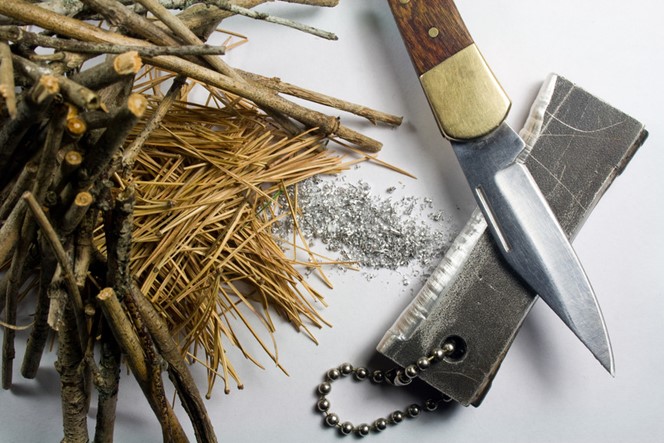
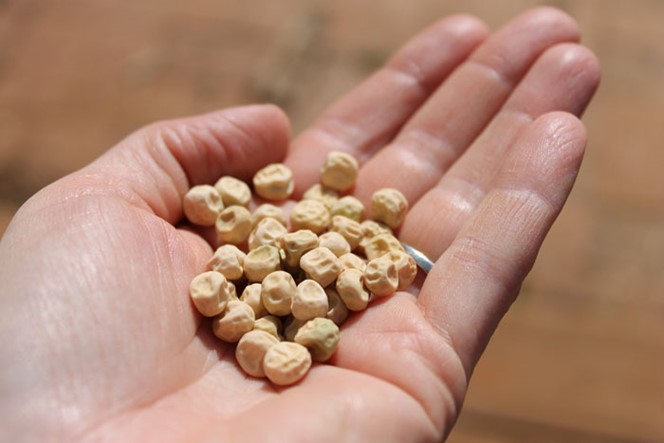
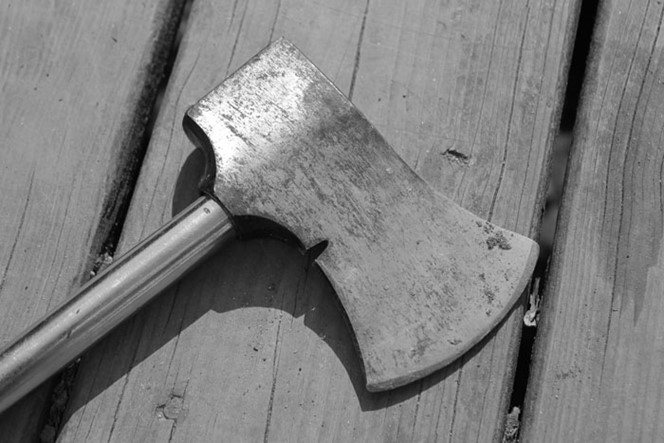
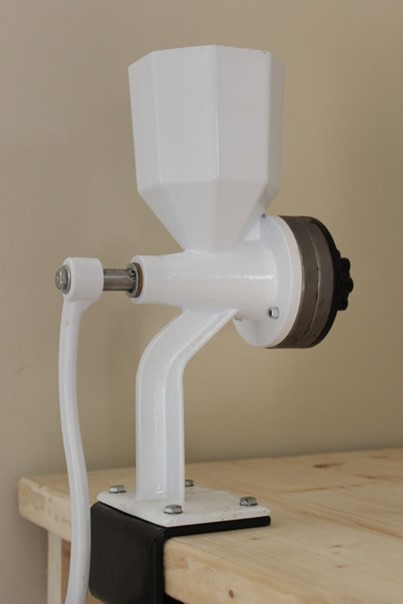
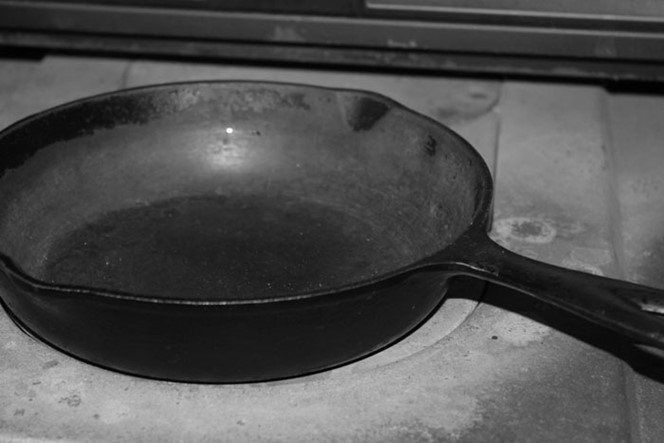
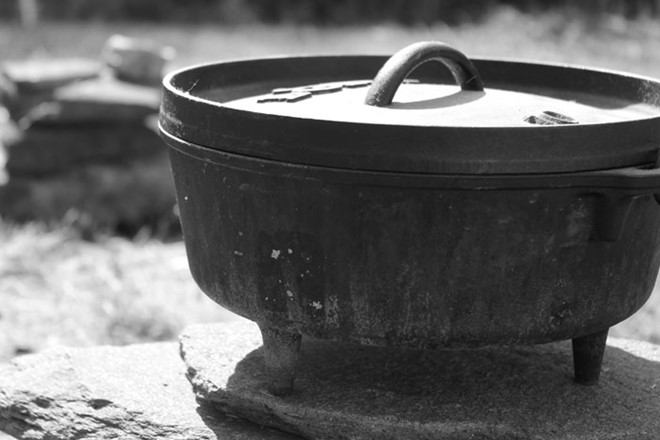
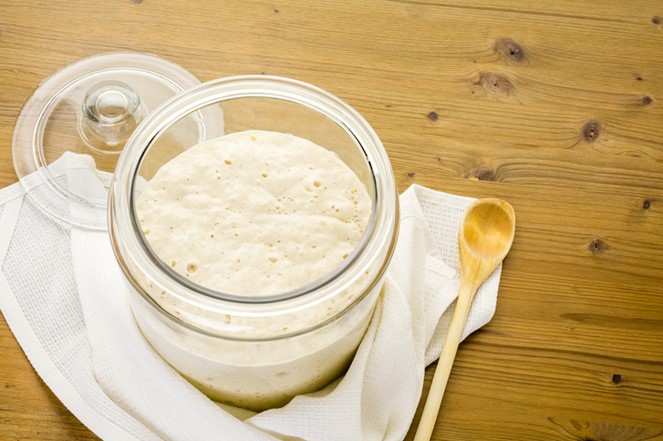
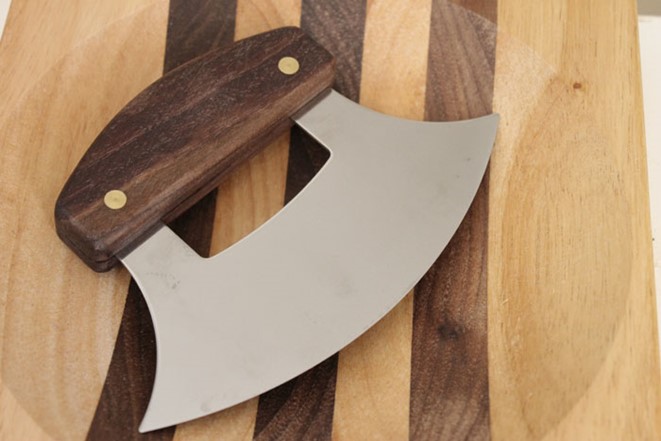
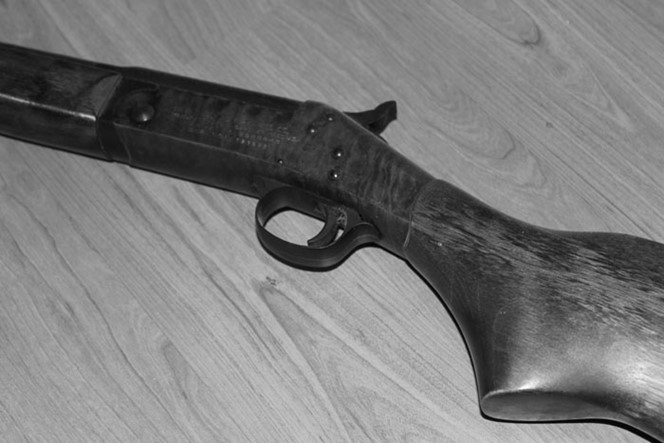

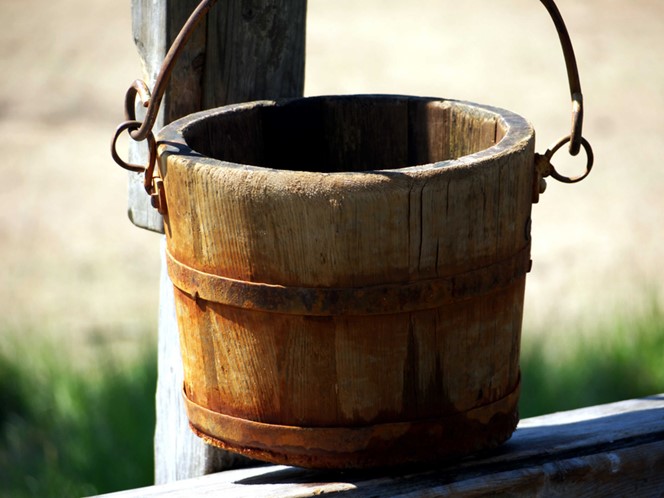
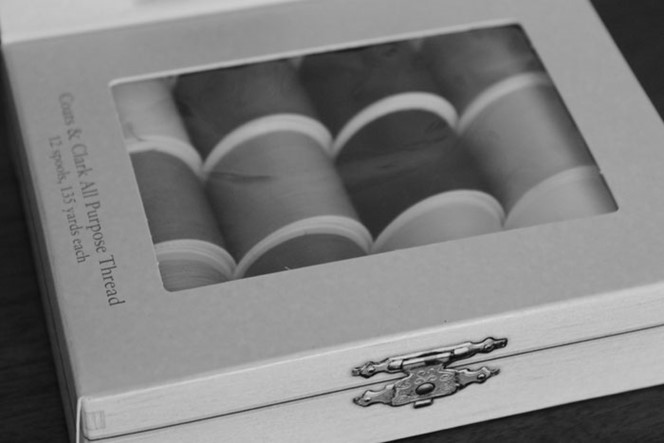
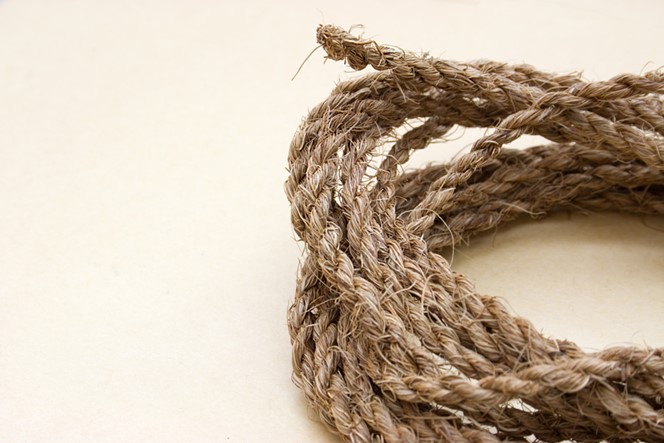

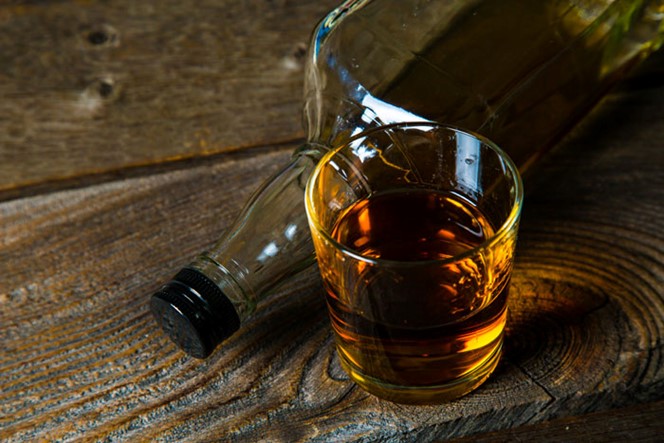
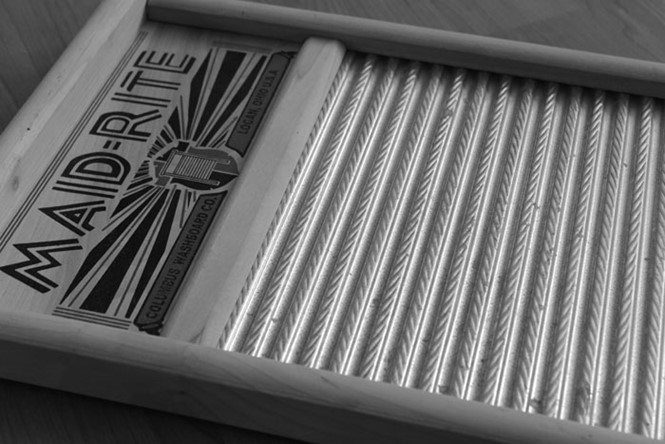

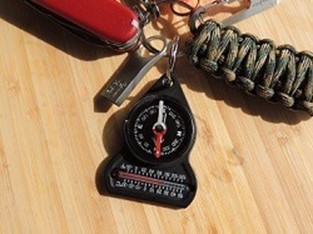
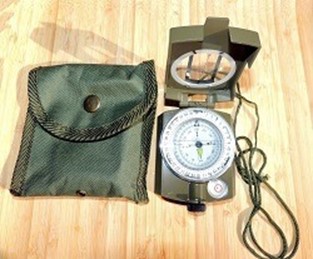
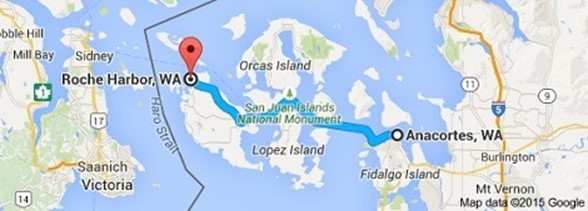
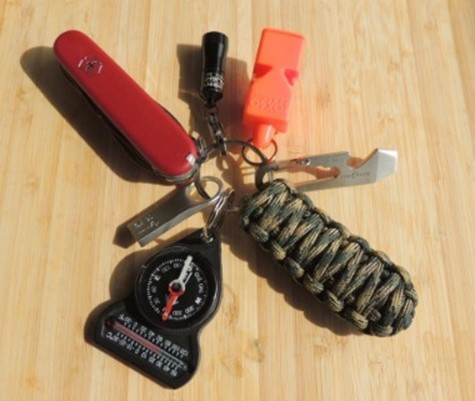


 .
.





